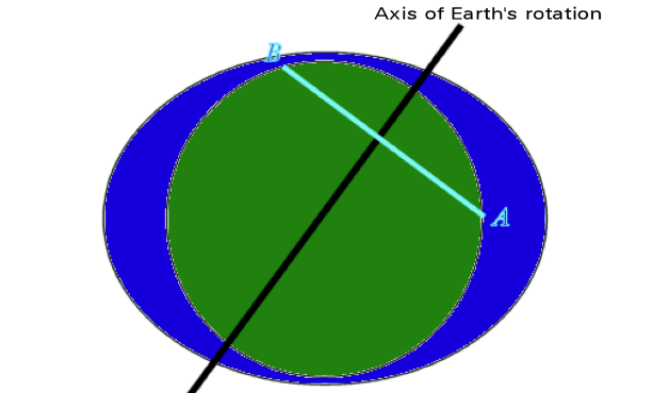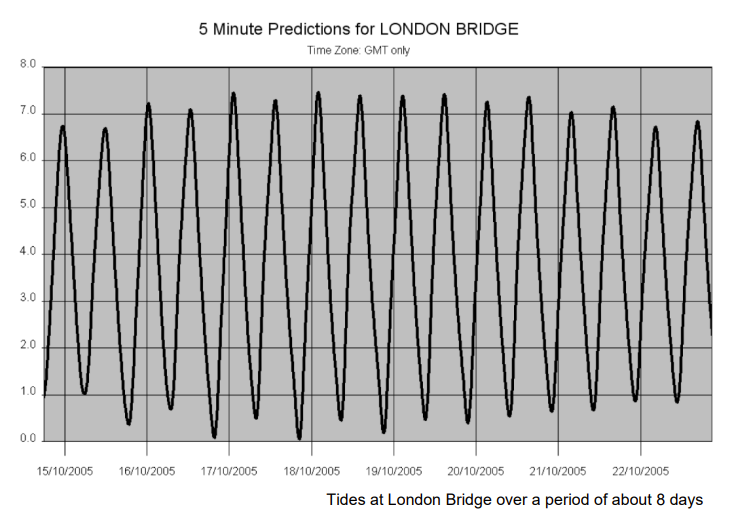A Brief Explanation of Diurnal Inequality

The variation in height that is often observed between adjacent high waters and low waters is what oceanographers call the diurnal inequality. This is a phenomenon caused by the tilt of the Earth in relation to the tilt of the moons orbital plane (i.e. the two bulges of water that cause the two tides per day). Hopefully the picture above will illustrate this better than words
alone.
The picture clearly shows the two bulges of water and the tilt of the earth exaggerated to illustrate the point. You can see that at point A, there is currently a large high water level. However a little over 12 hours later (point B) when you would expect to experience the next high water, you would notice a significantly reduced level in the tide. Even though the two bulges of water may be approximately the same size, the Earth’s tilt means that the water level may be noticeably different. You would therefore experience alternating slightly higher high waters followed by slightly lower ones approximately half a day later.
Tidal prediction is carried out by adding together in excess of 100 separate harmonic constituents (sine waves) to give the overall tide. The main ones are the twice a day effect of the moon and the sun (which oceanographers call M2 and S2) – however there are 2 very important harmonic constituents which generate one tide per day. It is these diurnal harmonics (called O1 and K1) that create this inequality by reinforcing one tide and partially cancelling the other in each pair of high waters. The frequency of these diurnal components is such that they continually switch over as can be seen in the London Bridge plot.

